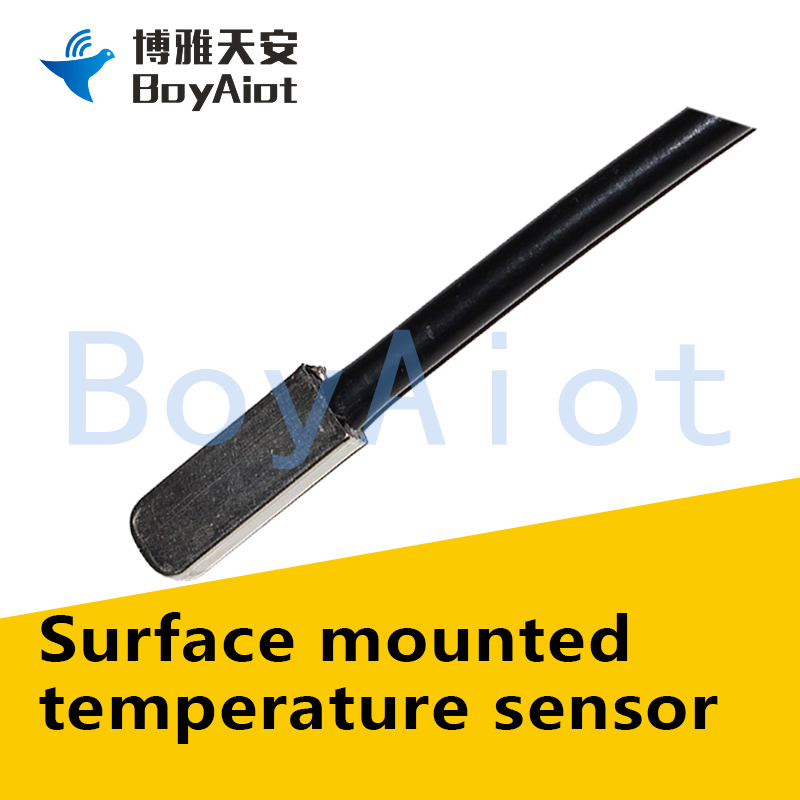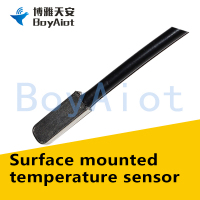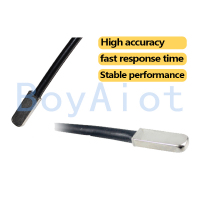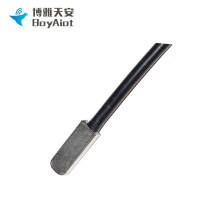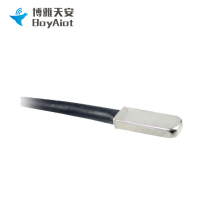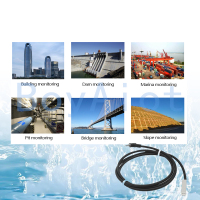BOY-GT06 Surface mounted temperature sensor
Product features:
1. Wide range, range optional, with liquid crystal display.
2. High stability, lightning proof, shock proof, explosion proof.
3. High cost performance, small size, beautiful appearance.
▋ Product Description
BOY-GT06 Surface mounted temperature sensorismainly used to measure the temperature of the surface of an object. Patch temperature sensors are affixed to the surface of an object by screws or other fixing methods to achieve the desired temperature measurement effect. Patch temperature sensors have a large contact area with the side of the object and close contact, so they have obvious advantages in some surface temperature measurement.
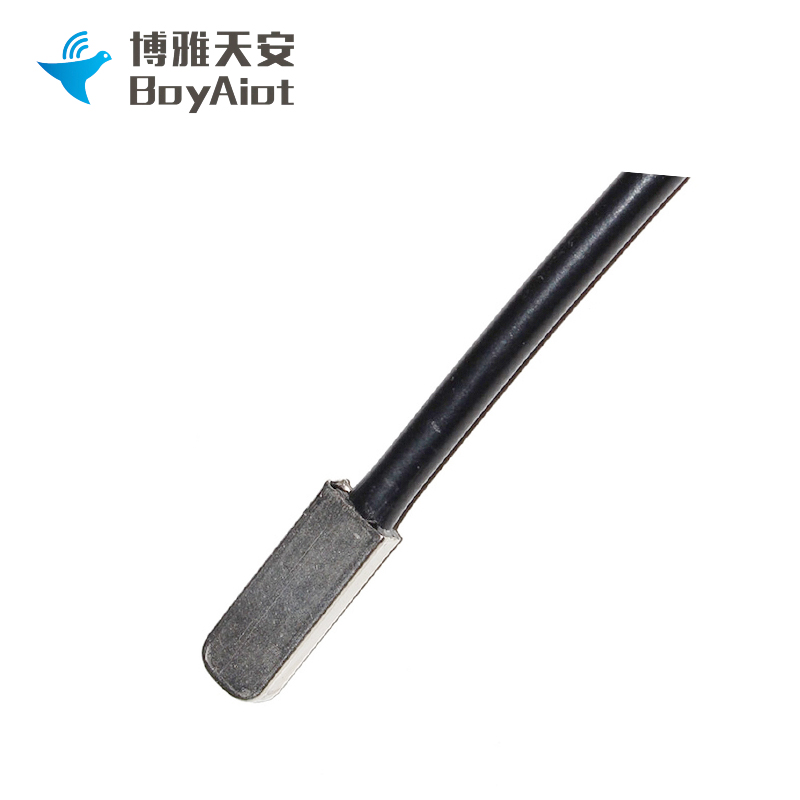
▋ Main Function
Function | Description |
temperature measurement | Rapid measurement of temperature change process |
Data transmission | Data is sent over RS485 |
▋ Product Characteristics
 |  |  |
| Compact Structure | High Stability | High Cost-Performance |
| Easy installation without damaging the building structure. | Lightning proof, shock proof, and explosion proof | Small size with an attractive appearance |
 |  |  |
| Protection Features | Accurate Temperature Measurement | Data Output |
| Provides protection against reverse polarity and current overloading | Measures fluid temperature accurately within a range of -50 to 100℃. | Outputs temperature data via 4~20mA/RS485 signals for system integration. |
▋ Product Parameter
Measuring range | -50~100℃ |
Output signal | 4~20mA/RS485 |
Long-term stability | 0.1%F.S /year |
Temperature measuring element | PT100or PT1000 |
Accuracy leve | 0.5%F.S |
Supply voltage | DC+9~36V |
Operating temperature | -40~85℃ |
protection class | IP65 |
Material | stainless steel |
Threaded interfaces | Snap-on fixing |
Electrical protection | Voltage and reverse polarity protection |
▋ Application
Surface mount temperature sensors are widely used in geotechnical engineering projects and hydraulic structure testing projects, such as pipe corridors, bridges, docks, dams, meteorological stations and other application scenarios.
▋ FAQ
- Connect cables correctly according to the figure. If the connection is reversed, there will be no signal output due to the protection measures adopted inside the transmitter. The transmitter can work with the power supply, but the output signal after 30 minutes of preheating is stable and reliable.
- The maximum temperature that can occur in the measured system shall not exceed the rated overload value.
- This product is a precision measuring instrument, it is strictly prohibited to beat, strong clamping, disassembly.
- Install the instrument in a ventilated, dry, non-corrosive, shady place as far as possible. If the site environment is harsh, take proper measures to protect the instrument.
- Install the instrument in a ventilated, dry, non-corrosive, shady place as far as possible. If the site environment is harsh, take proper measures to protect the instrument.
- Non-professional personnel should not disassemble the instrument circuit board or change other devices.

